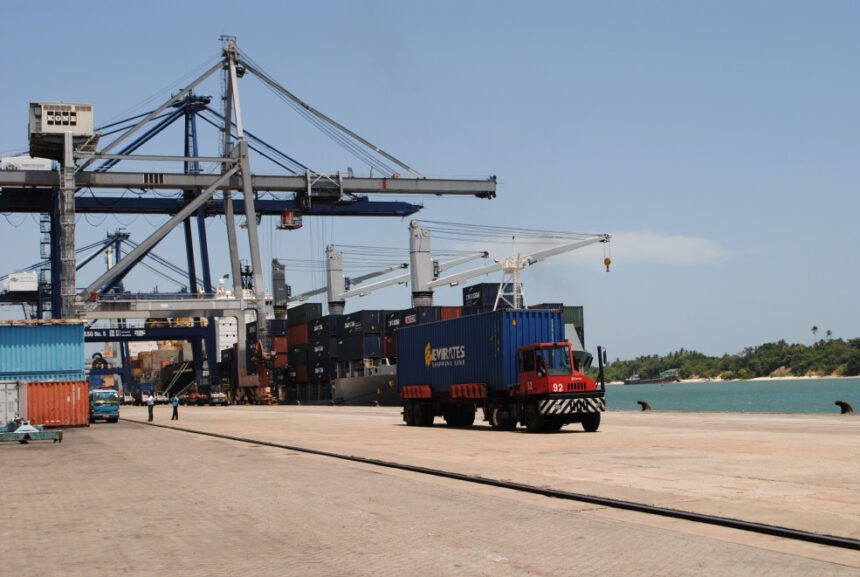East African Community has one of the highest sea freight charges in the world, a development that sends commodity prices up.
Members of the private sector are now drafting key recommendations to see member states cutting down on sea freight costs to foster regional economic growth.
According to the chief executive officer for the East African Business Council (EABC), Mr John Bosco Kalisa, it costs one an estimated $1.8 to transport a container per kilometre. Yet, the international best practice is $1 per km per container.
He said resolving issues around costs and performance of the freight logistics performance was one of the region’s main agendas for economic growth.
“Improving trade logistics through enhancing trade facilitation measures has continued to be important to EAs regional integration agenda,” he said.
Mr Kalisa highlighted that some of the challenges in freight logistics include poor physical and soft infrastructure, a limited public-private collaboration to support transport and logistics players, low border agency coordination, and the lack of a regional approach to supporting the transport and logistics sector.
“The existence of non-tariff and other technical barriers such as roadblocks across the corridor has also affected the performance of the EAC corridors,” he said.
He said during the two-day engagement meeting. The private sector players will discuss the sector’s current situation and suggest recommendations.
“We have stakeholders from all the member states and will discuss key recommendations that we will forward to our heads of state,” said Mr Kalisa.
The head of public-private dialogue and export capability from Trademark East Africa, Ms Paveen Mbeda, said sea freight remained the cheapest and most convenient model for international trade hence the need to develop it further. The model was also environmentally friendly.
“We are looking at how we can develop the capacity of sea freight, for instance, in fresh produce, so that the farmers in the region can be competitive like their counterparts in other regions like South America,” she said.
Meanwhile, recent data from the Tanzania Ports Authority (TPA) shows that the newest member of the EAC, the Democratic Republic of Congo (DRC), was the largest customer of the Dar Port, attracting almost three million tonnes of transit cargo, followed by Zambia at 2 million tonnes and Rwanda at about 1.5 million tonnes. The port handled 17 million metric tonnes (MT) last year.
The Dar Port and Mombasa are the largest ports in East Africa.


